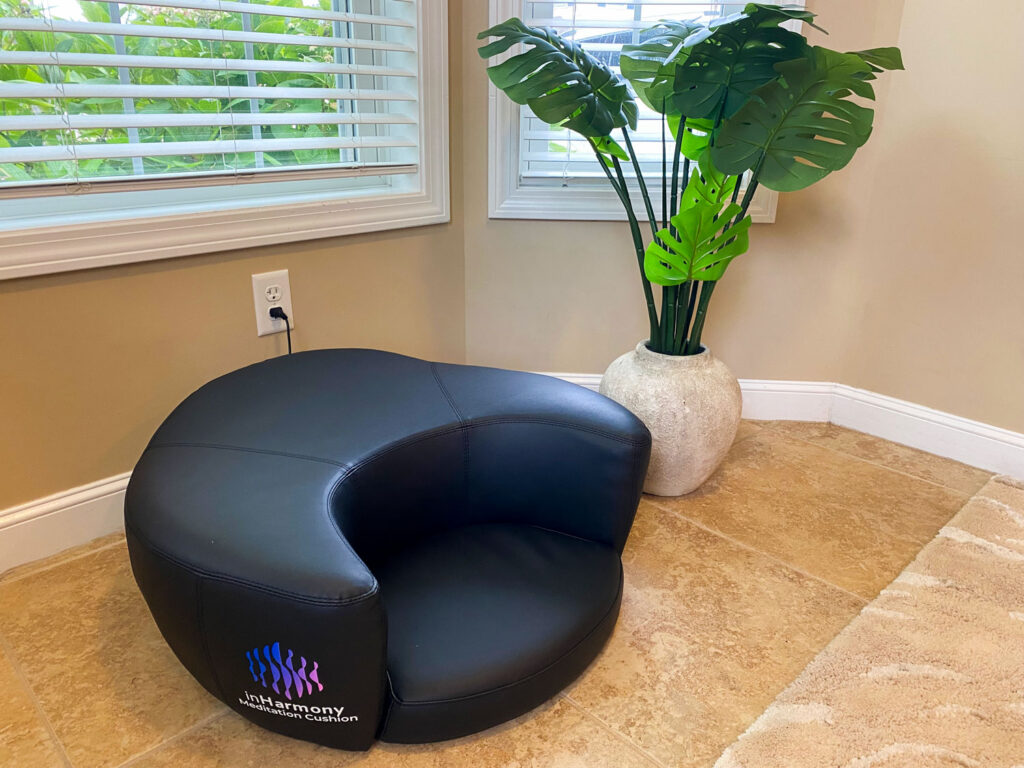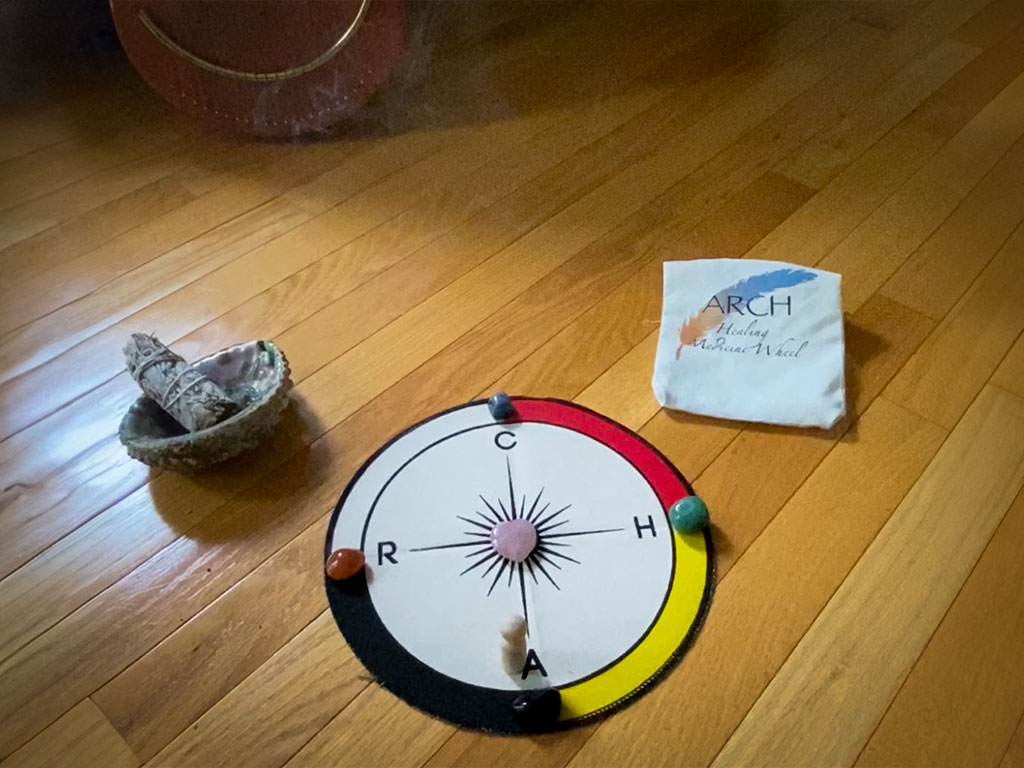 Havening is an innovative psycho-sensory therapy that utilizes the power of touch to promote emotional and psychological healing. Developed by Dr. Ronald Ruden, this therapeutic approach is grounded in neuroscience and has been hailed as a significant breakthrough in psychology. Havening employs simple, self-applied touch techniques to create a calming and healing effect on the mind and body, offering a powerful tool for addressing stress, anxiety, trauma, and other psychological issues.
Havening is an innovative psycho-sensory therapy that utilizes the power of touch to promote emotional and psychological healing. Developed by Dr. Ronald Ruden, this therapeutic approach is grounded in neuroscience and has been hailed as a significant breakthrough in psychology. Havening employs simple, self-applied touch techniques to create a calming and healing effect on the mind and body, offering a powerful tool for addressing stress, anxiety, trauma, and other psychological issues.
What is Havening?
Havening, or Havening Techniques®, is a set of therapeutic practices that integrate soothing touch with psychological distraction techniques to alleviate the effects of traumatic or stressful memories. The therapy involves specific touch patterns, such as gliding the hands over the brow and cheekbones, crossing the arms to the shoulders and gliding down to the elbows, and gently rubbing the palms together. These touches engage the skin’s C-tactile fibers, which transmit sensory information to the brain, promoting a state of calm and relaxation.
How Does Havening Work?
The effectiveness of Havening lies in its ability to leverage the brain’s response to touch. The skin, our largest sensory organ, contains receptors called C-tactile fibers that respond to gentle, soothing touch. When these fibers are activated, they send signals to the brain, particularly to the insula and various areas of the prefrontal cortex. This interaction helps shift the brain’s functioning, moving it from a state of stress or trauma to one of calm and safety.
The Neuroscience Behind Havening
When the havening touch is applied, it activates delta waves in the brain. These waves travel to the thalamus, where they are converted to a chemical signal known as calcineuron. The calcineurons then move to the amygdala, the brain’s emotional center, and produce a chemical called PKM zeta. This chemical dissolves the AMPA receptors, which are responsible for holding onto the emotional charge of traumatic memories. As a result, the negative emotions associated with these memories are depotentiated, or separated, from the memory itself, allowing for lasting emotional healing.
Benefits of Havening
Havening offers numerous benefits, making it a valuable addition to therapeutic practices aimed at holistic healing:
1. Reduction of Anxiety and Stress: Havening decreases the presence of cortisol and norepinephrine, neurochemicals that contribute to feelings of anxiety and stress. This helps individuals achieve a state of calm and relaxation.
2. Increase in Oxytocin: The therapy boosts oxytocin levels, a neurochemical crucial for feelings of safety and connection, enhancing emotional well-being and social bonds.
3. Lower Blood Pressure and Enhanced Heart Rate Variability: Havening promotes cardiovascular health by reducing blood pressure and improving heart rate variability, which reflects the body’s ability to adapt to stress.
4. Improved Social Connection and Engagement: By fostering a sense of safety and calm, Havening helps individuals feel more connected to themselves and others, supporting prosocial behavior.
5. Accessibility and Simplicity: The touch techniques used in Havening are simple and can be self-applied, making it an accessible tool for both clients and therapists. It does not require intense cognitive effort, allowing the brain to engage in other healing activities simultaneously.
Integrating Havening into the Whole Person Approach
The Whole Person Approach to healing emphasizes treating the mind, body, and spirit as interconnected components of overall well-being. Havening aligns perfectly with this approach by addressing the emotional, physiological, and psychological aspects of health.
Mind
Havening supports cognitive health by reducing stress and anxiety, allowing for clearer thinking and emotional regulation. It can be integrated with other therapeutic interventions like Cognitive Behavioral Therapy (CBT), mindfulness training, and parts work to maintain a grounded and soothed nervous system. This makes the thinking mind more accessible and present during therapeutic work, enhancing overall effectiveness.
Body
The physical benefits of Havening, such as decreased blood pressure and enhanced heart rate variability, contribute to overall physical health. By engaging the body’s natural relaxation responses, Havening supports a balanced and responsive nervous system, essential for holistic healing.
Spirit
On a spiritual level, Havening fosters a sense of connection and safety, helping individuals feel more grounded and integrated. This sense of well-being can enhance one’s spiritual health, providing a foundation for deeper self-awareness and personal growth.
Conclusion
Havening is a revolutionary psycho-sensory therapy that offers a holistic approach to healing the mind, body, and spirit. By leveraging the power of touch and grounding it in neuroscience, Havening provides a simple yet powerful tool for reducing stress, healing trauma, and promoting overall well-being. Its integration into therapeutic practices enhances the Whole Person Approach, making it a valuable addition to the repertoire of modern psychotherapy.
For more information and to see how easy it is to utilize the havening touch, you can watch a brief video introduction to Havening [here]
Havening has the potential to transform lives by de-linking traumatically encoded memories and fostering a state of emotional and physical calm, paving the way for comprehensive healing and personal growth.
Reference:
https://truittinstitute.com/the-healing-in-your-hands-programs/






